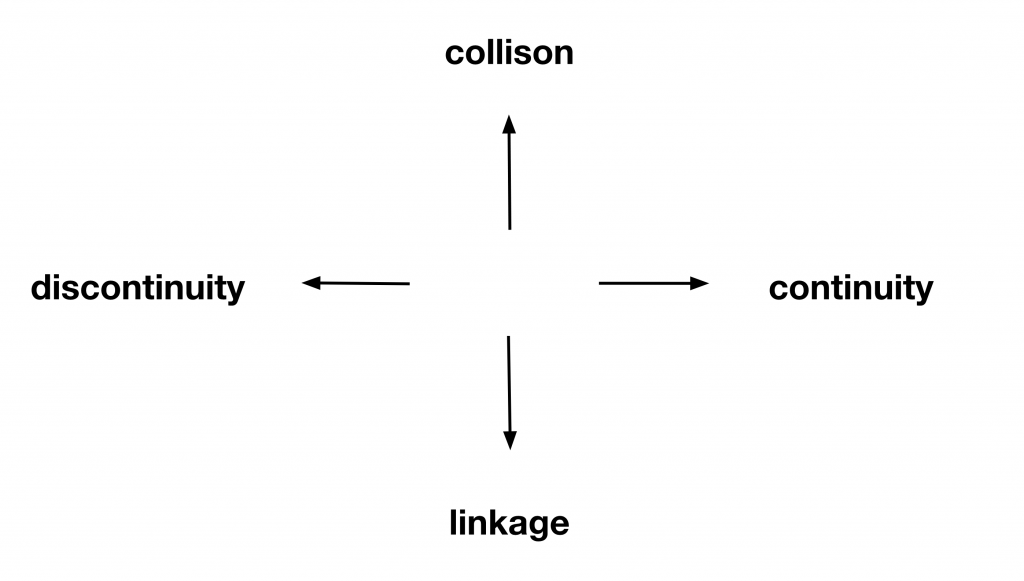To Do This Week
DUE: Montage Assignment (5%)
DUE OCT 11th – NEXT WEEK : Compositing and Effects Assignment (5%)
Read: Visual Evidence, A/B Roll Editing” and “A Short Sermon about Interviews” (PDF)
Blog Prompt: After reading the above PDF of essays, respond to this prompt You are hired to make a short documentary about local nurses during the COVID pandemic. The problem is you are not allowed in a hospital with a camera. What is your story? And what will be your “visual evidence”? (quote from the reading!)
Job/Hobby Profile – please think of someone you can interview as a subject for the next project – a 1-2 min video interview profile based on a job or hobby.
In Class
- Late work – Slack message me when you will complete.
- Mid-term grades – Wed. Oct 9th
- View Montage assignments…

Visual Evidence
Discuss Hampe readings: Visual Evidence, B-roll, Interview
The Devils Playground
Visual Evidence in Documentaries
Harlan County, USA
The Interview/Profile Doc
Job/Hobby Profile Project (10%):
no more than 2 minutes
Rough Cut Due Oct 18 / Final Cut Due Oct 25
In this project, you will create a 1-2 minute profile of a person at their job or doing their hobby, like art-making, crafting, gardening or sports. What does this person do at their job or hobby? What is the activity? How often do they do it? What experience are they getting? What experience did they need before getting the job or starting on the hobby? If the person works at home, how do they manage home life and their work? How might you tie the job or hobby to larger questions about work or creative activity?
The two areas of focus in this assignment are 1) moving with the camera and 2) conducting an interview, but you should, of course, pay attention to framing, sound, continuity editing and/or montage. Choose a subject that does not spend the day sitting in front of a computer, even though most jobs do include some of this.
-
- First, have a pre-interview discussion with your subject. Find out some things about them and their job.
-
- Prepare a story outline, interview questions and a shot list for visual evidence.
-
- Then set up a time/place with your subject and conduct a sit-down interview at a good location for lighting and sound recording.
- After the interview, get the visual evidence you need by following the person at work or, even better, as they work on a particular project. Continue to ask questions while following the subject with the camera. You may find that the answers are more interesting than in the sit-down interview.
- Be sure to include titles and credits. And music if you want.
example:
Covering an Event/Action:
- Cover what you can of an event and always look for opportunities for continuity cuts.
- Move around the subject(s) and vary your camera framing: tight (CU), medium and wide (establishing).
- For covering processes -like somebody making something- think of five shot variations for each sequence:
- Moving Camera techniques
- Hold shot for at least 10 secs
Michael Rosenblum’s 5-Shot-Sequence
- A closeup on the hands of a subject – showing WHAT is happening
- A closeup on the face – WHO is doing it
- A wide shot – WHERE its happening
- An over the shoulder shot (OTS) – linking together the previous three concepts
- An unusual, or side/low shot – providing story-specific context
Moving the Camera
Static Camera (locked-off) :
-staging and blocking talent
-dynamic framing and editing
Moving Camera:
-handheld, panning, tracking, etc.
-the long take
-planned vs. spontaneous (handheld)
Pan, Tilt:
– unnatural, motivate the move
– start frame (10 sec.) , movement, end frame (10 secs)
– plan shot, practice with tripod head or monopod swivel
Dolly/Tracking:
– skateboards, cars, bicycles and wheelchairs
– gopro attached to moving vehicals
Handheld (with monopod):
-swish pans
– wide angle, adjust focus
– tai chi movements ( from the center)
Steadicams:
– iphone smoothee, flowmotion, etc.
– DIY – hang a weight
Previous Student Job Profiles:
Devil’s Playground
Blog Prompt (next week):The challenge with any documentary is capturing the “visual evidence” for a meaningful narrative made out of fragments of video shot. Describe the visual evidence in the documentary Devil’s Playground. What scenes stand out for you? How does the visual evidence help narrate the stories about the main subjects?